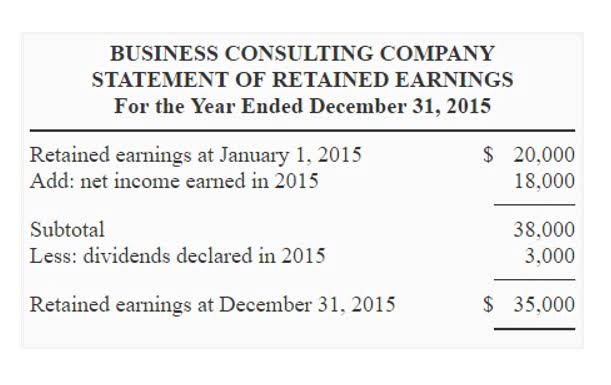
In accounting and financial analysis terms, we know that reads as 92 thousand dollars, but the context allows us to understand the expression’s intent. In accounting speak, a written “MM” means a million, whether the accountant is referring to units, dollars, euros or shares. Rather than writing $400,000,000 or $400 million, the accountant can use the MM abbreviation and write $400MM instead. You have to be careful when using it or interpreting it because MM can stand for other things too.

What Does “MM” Mean?
Although different accountants have adopted Roman and Greek traditions (or transitioned to modern abbreviations), context is what unlocks the knowledge needed to understand the term. The government might have a program that needs $50 billion in funding. That letter isn’t Greek or Roman, but the average reader would likely understand the concept. You’d look for a G or MMM in the world of financial analysis and accounting. If you had a commercial property valued at $92 million, a modern writer would likely abbreviate the expression by saying it was worth $92M.
- Moreover, the use of “MM” aligns with the principles of transparency and comparability advocated by international accounting standards.
- If K and MM are used, it’s bad style because the symbols are being mixed up.
- Thankfully, that conversation let me understand a future one where I was given quotes for a single and an aggregate line of authority.
- He is the sole author of all the materials on AccountingCoach.com.
- It is commonly used in financial documents, contracts, and communication, especially those regarding large monetary amounts.
- When preparing reports for an international audience, it is advisable to specify the notation used to avoid any potential misunderstandings.
Not the answer you’re looking for? Browse other questions tagged abbreviationssymbols.
As businesses grew in scale and complexity, the volume of financial data increased exponentially. The need for efficient and standardized reporting methods became more pressing, and “MM” emerged as a practical solution. It allowed accountants and financial analysts to present large figures in a more digestible format, facilitating better decision-making and financial planning. The term “MM” originates from the Roman numeral M, which stands for one thousand.

what is the correct abbreviation for millions, billions and trillions in a financial context?

Roman abbreviations are usually not capitalized when using this method (1MM vs. 1mm), https://www.bookstime.com/ but each firm has different standards they follow. Most abbreviations used for large cash sums today come from ancient Greek and Roman societies. We still use Roman numerals for some accounting methods, while large figures are designated by the Greek alphabetic equivalent of the specific term. Once a number reaches higher than ten, it becomes much harder to count with your fingers. The Romans incorporated seven letters to represent different numbers for a standard counting method to simplify that situation.
- In the general environment of municipal government, for dollars we use K for thousands, M for millions and B for billions.
- By adopting “MM,” companies can ensure that their financial reports meet these standards, enhancing their credibility and attractiveness to global investors.
- But due to confusion between M and MM, now the alternative notations are used for representing thousands and millions.
- One of the primary benefits of using “MM” in international reporting is its ability to reduce ambiguity.
- Although different accountants have adopted Roman and Greek traditions (or transitioned to modern abbreviations), context is what unlocks the knowledge needed to understand the term.
- It originates from the Roman numeral, M, for thousand, and MM is used to indicate one thousand thousands, which makes a million.

However, there has been a growing tendency to use K as the symbol for thousands instead of M. You won’t typically see the power of https://x.com/BooksTimeInc 10 rule applied to financial documents today. Most financial sums are tracked in ones, tens, hundreds, thousands, and ten thousands. When two Ms are together (MM), it indicates 2,000 when using this methodology for expressing numbers.
- By employing “MM,” companies can present their financial data in a universally understood format, minimizing the risk of misinterpretation.
- Our goal is to create English lessons that are easy to understand for everyone.
- Million can also be represented using “mn” and “m,” so an individual may see $4m, $4mn or simply $4 million.
- This underscores the importance of context and clarity in financial documentation.
- The prevailing thought as to why Romans used letters to represent numerical values instead of numbers involves the fingers on a person’s hand.
Streamlining Financial Documents

We’ll explain the correct abbreviation for “million” in this article. The problem with M is that depending on the audience it can mean either thousands or millions. This is ambiguous; hence, if you wish to be unambiguous the use of M to mean either thousands or millions is to be avoided. Thus, we’re left with k and MM as to unambiguous ways to denote thousands and millions respectively.
Related Entrepreneurship Terms
Despite some calls to modernize, MM persists because of its advantages for clarity, precision, and familiarity. After analyzing its history and modern use, I have a new appreciation for how deeply rooted MM is within finance culture, likely to endure for the foreseeable future. Any universal shift would require a coordinated effort from all major institutions simultaneously. Moreover, MM is often employed in financial modeling and forecasting. Analysts use it to project future revenues, expenses, what does mm stand for in business and other financial metrics. By using MM, they can create models that are not only easier to read but also more efficient to work with.
